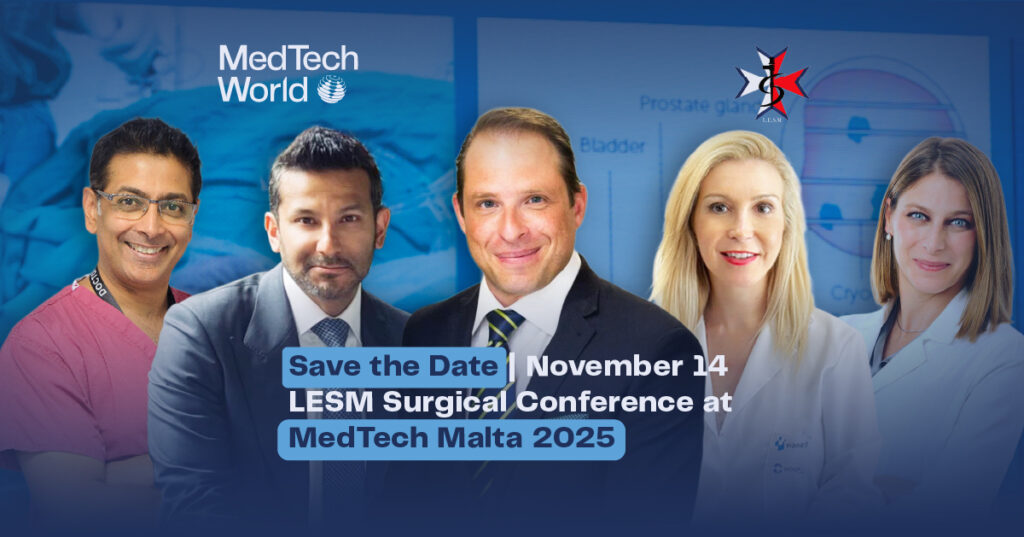

Team Consulting
18th July 2024
Six Challenges That Remain in the Operating Room: New Report
Device ergonomics, risk of sharps injuries and laparoscopic visibility – these are just some of the challenges that NHS surgical staff highlight in a new report from medical device consultancy Team Consulting.
The report, which draws on insights from a range of surgical staff in the NHS, highlights the common challenges surgeons face in the operating room, based on real insights from a range of surgical staff from the National Health Service (NHS) in the UK. Covering six key areas in the operating room and beyond, it explores the current opportunities for medical device developers to tackle these clinical challenges, as well as the potential barriers to adoption.

Additionally, it identifies key opportunities for medical technology to address these clinical challenges and enhance the user experience for surgeons, as well as the potential barriers to adoption that need to be considered.
“For those outside the operating room, it can be difficult to fully understand the challenges that surgeons face on a daily basis. Access to the OR is limited for very good reasons, meaning that to fully understand these problems, it is essential that we involve surgeons and surgical staff in identifying them. Only then can we truly avoid “tech-push” and developing technology which is not needed,”
Oliver Sowerby, Head of Surgical Technologies, Team Consulting.
Dr. Dylan Attard, CEO & Co-founder at MedTech World, brought his perspective based on his personal experiences as a surgical trainee:
“During my time in surgery, I witnessed firsthand the numerous shortcomings in our healthcare systems. The challenges of device ergonomics, the ever-present risk of sharps injuries, and the limitations in laparoscopic visibility are not just theoretical issues but daily hurdles that affect patient outcomes and surgeon efficiency. What struck me most was the glaring gap in intrapreneurial motivation among healthcare practitioners. To drive innovation and meaningful change, we need to empower our medical professionals with the resources, support, and motivation to push for advancements from within. By fostering a culture where innovation is encouraged and supported at every level, we can tackle these persistent challenges and significantly improve the operating room environment.”

What’s next for surgical device development?
The world of MedTech is exploding with new technology being developed across the globe. Despite this, the rate of attrition for medical device start-ups remains high, with 90% failing to make it to market. A significant number of these start-up failures are due to a lack of clinical need. Simply put – technology is being pushed into markets where it isn’t required.
To avoid “tech push” and ensure medical device manufacturers are focused on solving real clinical challenges, we need to know where there are areas for improvement in healthcare. Feedback from key opinion leaders on device design is common practice within larger MedTech firms, but can sometimes come too late in the process – i.e. when the developer has already spent considerable money on the device. At these later stages, questions may be centred around how to improve the device, rather than whether the device is even needed in the first place.
From the research summarised in the report, it is clear there is an appetite from surgical staff to be involved in the development of new surgical technology. By involving clinicians and their colleagues in device development as early as possible, devices can be made that meet real user needs, while avoiding adding additional burdens or problems for surgical staff.
To increase the chances of adoption by clinicians, companies need to consider how their new technology will impact space and safety within the operating room and ensure it does not impair the surgeon in any way. Ergonomics and intuitive design should be seen as minimum requirements in addition to safety and regulatory compliance, while additional factors such as sustainability are becoming more integral to new devices, rather than simply a “nice-to-have”.
The clear solution to these problems is to bring clinicians into the development process. Only then can we develop solutions that meet real surgeon’s needs.





